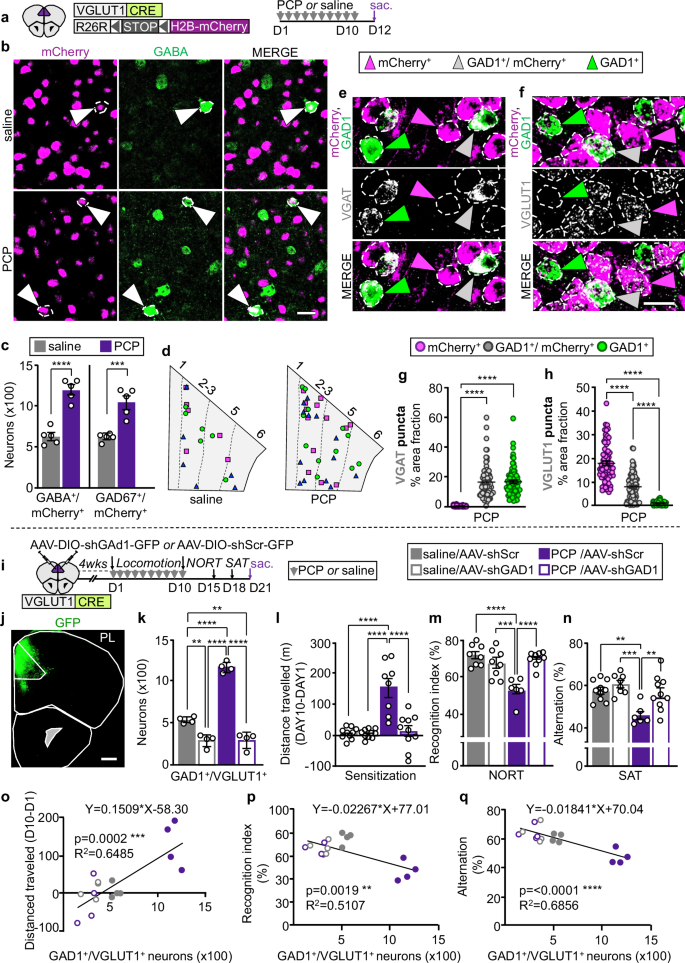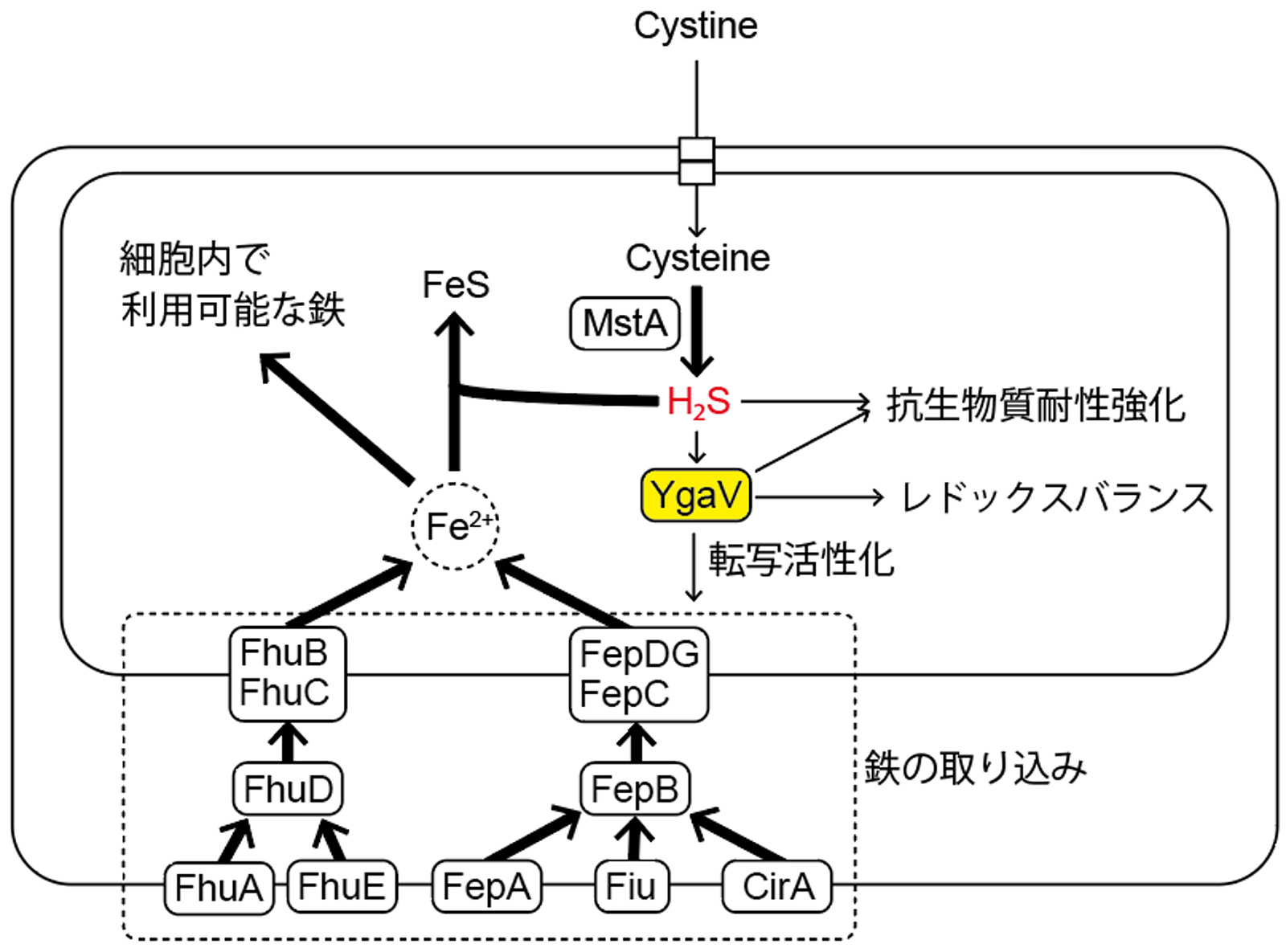2024-09-26 ペンシルベニア州立大学(PennState)
<関連情報>
- https://www.psu.edu/news/research/story/rates-sudden-unexpected-infant-death-changed-during-covid-19-pandemic
- https://jamanetwork.com/journals/jamanetworkopen/fullarticle/2824101
COVID-19流行前と流行中の乳幼児突然死の割合(Rates of Sudden Unexpected Infant Death Before and During the COVID-19 Pandemic)
Emma G. Guare, BA; Rong Zhao, MS; Paddy Ssentongo, MD, PhD; et al
JAMA Network Open Published:September 26, 2024
DOI:10.1001/jamanetworkopen.2024.35722

Key Points
Question What is the association between the COVID-19 pandemic and sudden unexpected infant death (SUID) and sudden infant death syndrome (SIDS)?
Findings In this cross-sectional study of 14 308 SUID cases, the risk of SUID and SIDS increased during the intrapandemic period (March 2020 to December 2021) compared with the prepandemic period (March 2018 to December 2019), with the greatest increases noted in 2021 (9% for SUID and 10% for SIDS). A marked statistically significant monthly increase in SUID from June to December 2021 was observed.
Meaning These findings suggest that the pronounced shift in SUID epidemiology during the second year of the COVID-19 pandemic may be associated with altered infectious disease transmission at the time.
Abstract
Importance Infection has been postulated as a driver in the sudden infant death syndrome (SIDS) cascade. Epidemiologic patterns of infection, including respiratory syncytial virus and influenza, were altered during the COVID-19 pandemic. Comparing month-to-month variation in both sudden unexpected infant death (SUID) and SIDS rates before and during the pandemic offers an opportunity to generate and expand existing hypotheses regarding seasonal infections and SUID and SIDS.
Objective To compare prepandemic and intrapandemic rates of SUID and SIDS, assessing for monthly variation.
Design, Setting, and Participants This cross-sectional study assessed US mortality data provided by the Centers for Disease Control and Prevention for January 1, 2018, through December 31, 2021. Events with International Statistical Classification of Diseases and Related Health Problems, Tenth Revision codes for SIDS (R95), unknown (R99), and accidental suffocation and strangulation in bed (W75) causes of death were examined. The data analysis was performed between November 2, 2023, and June 2, 2024.
Exposure COVID-19 pandemic.
Main Outcomes and Measures The primary and secondary outcomes were the monthly rates of SUID and SIDS during the COVID-19 pandemic (March 1, 2020, to December 31, 2021) compared with the prepandemic period (March 1, 2018, to December 31, 2019) as measured using generalized linear mixed-effects models. Seasonal trends in RSV and influenza rates were also examined.
Results There were 14 308 SUID cases from January 1, 2018, to December 31, 2021 (42% female infants). Compared with the prepandemic period, the risk of SUID increased during the intrapandemic period (intensity ratio [IR], 1.06; 95% CI, 1.05-1.07). Monthly assessments revealed an increased risk of SUID beyond the prepandemic baseline starting in July 2020, with a pronounced epidemiologic shift from June to December 2021 (ranging from 10% to 14%). Rates of SIDS were elevated throughout the intrapandemic period compared with the prepandemic baseline, with the greatest increase in July 2021 (IR, 1.18; 95% CI, 1.13-1.22) and August 2021 (IR, 1.17; 95% CI, 1.13-1.22). Seasonal shifts in RSV hospitalizations correlated with monthly changes in SUID observed during 2021.
Conclusions and Relevance This cross-sectional study found increased rates of both SUID and SIDS during the COVID-19 pandemic, with a significant shift in epidemiology from the prepandemic period noted in June to December 2021. These findings support the hypothesis that off-season resurgences in endemic infectious pathogens may be associated with SUID rates, with RSV rates in the US closely approximating this shift. Further investigation into the role of infection in SUID and SIDS is needed.


